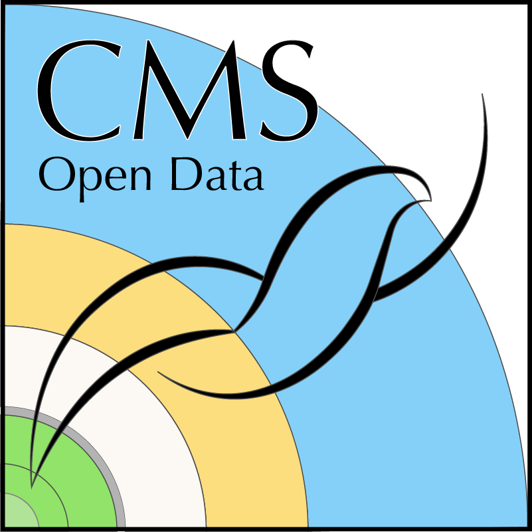Particle Physics Playground
Last updated on 2024-07-28 | Edit this page
Overview
Questions
- What are the fundamental concepts in particle physics?
- How can we analyze particle decay patterns?
- What tools are available for practical analysis of particle physics data?
Objectives
- Gain a solid understanding of fundamental particle physics concepts.
- Learn how to analyze particle decay patterns.
- Familiarize yourself with tools for practical analysis of particle physics data.
Particle Physics Playground
This activity offers a variety of exercises designed to help undergraduates understand fundamental concepts in particle physics through practical analysis of CMS Open Data.
Overview
The Particle Physics Playground provides an engaging and interactive way for participants to delve into the core principles of particle physics. By working with real CMS Open Data, students will enhance their theoretical knowledge through hands-on experience.
Discussion forums
Make sure to join the Mattermost channel for this activity to engage directly with the workshop instructors and fellow participants.
Pre-learning Lesson
Participants are encouraged to review the Particle Physics Primer pre-learning lesson. This foundational lesson is equipped with lectures and exercises covering the following topics:
Fundamental Concepts
Participants will explore key concepts in particle physics, such as the Standard Model, particle interactions, and conservation laws. Understanding these principles is crucial for analyzing and interpreting particle collision data.
Analyzing Particle Decay Patterns
One of the main tasks in this lesson is to analyze particle decay patterns. By studying the way particles decay, participants can learn about the properties of different particles and the forces that govern their interactions. This includes identifying decay channels, measuring lifetimes, and calculating branching ratios.
Practical Analysis Tools
Participants will be introduced to various tools and techniques used in particle physics analysis. This includes the use of Python and Jupyter notebooks hosted on Google Colab for data analysis, as well as simplified data formats provided by the Particle Physics Playground website. The goal is to equip students with the practical skills needed to conduct their own analyses and contribute to ongoing research.
Recommendations
Activity Suggestions
- Watch the Lectures: Start by watching the first three lectures by Dr. Allison Hall to build a strong theoretical foundation.
- Try the Exercises: Attempt the associated exercises to test your understanding and apply what you’ve learned.
-
Explore the Toy Analyses: Engage with the toy
analyses to gain hands-on experience with real CMS data, focusing on:
- Working with Colab and understanding data formats.
- Learning about particle lifetimes and identifying detectable particles.
- Calculating masses using 4-vectors and creating histograms.
- Discovering new particles by analyzing decay products.
- Discuss and Collaborate: Use discussion forums (Mattermost channel) or collaborative platforms to share your findings, ask questions, and work with peers.
Additional Resources
- Particle Physics Primer Videos: Watch public-oriented videos for a broad overview.
- Standard Model References: Review materials on the Standard Model and its historical development.
- Advanced Lectures: For those interested, watch the remaining lectures covering neutrino physics and dark matter.
You Have Choices!
While Python and Jupyter notebooks are the primary tools for this activity, feel free to explore other tools and file formats that suit your needs. The goal is to learn and apply particle physics analysis techniques in a way that works best for you.
Key Points
- Fundamental concepts in particle physics.
- Techniques for analyzing particle decay patterns.
- Practical tools and techniques for particle physics analysis.
